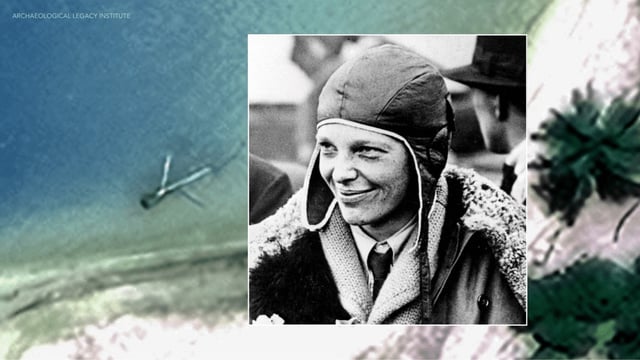Overview
- A 15-person team led by the Archaeological Legacy Institute with Purdue participation plans to depart Oct. 30 for Majuro and sail Nov. 4 to Nikumaroro for several days of on-site work.
- Fieldwork will begin with photo and video documentation, advance to magnetometer and sonar surveys, and employ a hydraulic dredge to uncover the object for identification, followed by a shoreline debris search.
- Researchers cite satellite imagery from 2020 and aerial photos from 1938 showing a persistent lagoon feature they say is plane‑shaped and reflective, potentially exposed by storm‑driven sediment shifts.
- Skeptics, including TIGHAR’s Ric Gillespie, say prior checks at the spot found nothing, and a widely touted 2024 sonar lead near Howland Island was later identified as a rock formation.
- President Trump has ordered release of all government records related to Earhart, and Purdue says a verified identification could start the process of returning the Electra to West Lafayette.



